In setting off to go cruising in the Med I knew I had a lot to learn, but I was acutely aware of my lack of experience in terms of standing watch alone and at night, fully in charge of our vessel. With the prospect of our first “outing” from La Rochelle being the crossing of the infamous Bay of Biscay, a 2-3 day passage to the North West corner of Spain, there would be no slow and steady build up to ready me for my first solo nightwatch. (You can read more about that passage here.) I am fortunate that my husband Keith is a "veteran" (he didn't like that word...) yachtie of many years and thousands of nautical miles, a professional skipper (coxswain, ICC), racing helmsman (including ’98 Sydney-Hobart), yacht deliverer and sailing instructor. He is also very pragmatic and patient and has a lot of confidence in me, my judgement and my ability to learn and adapt. While I could safely say that he taught me everything I know, after more than a dozen overnight passages we have learned what works best for us. We have developed our own set of rules and practices for sailing two-up, overnight passages. I know that I can rely on these practices, draw on my own experience and look forward to a beautiful sunrise closing in on our destination. Here’s how we approach an overnight passage... Keith will plan our route and look ahead at the weather forecast over the duration of our journey, taking into account the expected forecast at varying points along our route around the time we expect to be there. We review this together and confirm the decision to go. While we don’t mind leaving port in the wee hours, we definitely don’t like arriving into a new place in darkness. Planning for an early morning arrival is a best-case scenario. If you are slower than expected, or have any issues, you have more daylight hours up your sleeve. If you are faster than expected (which is rare but it happened on our arrival in Venice) you can slow down... Meals are also pre-planned and we keep it simple. Cereal for breakfast, sandwiches for lunch and a one-pot hot meal for dinner. Something like pasta or a casserole that you can heat up and eat with a fork from a bowl at the helm station. Oh and no alcohol. Personal safety equipment is laid out ready so it can be put on quickly. PFD and harness must be worn by the person on watch. Jack-stays are attached, a torch is placed at the helm as well and a strobe light in our pockets. (Neither of us is permitted out of the cockpit/helm area unless the other person is present also. Yes that means the outdoor, boy's toilet is off limits!) Keith sets up the log book ready to record the stages of the journey and we agree the timings of the watches. We normally do 3 hours on, 3 off and these start formally at 8pm, as we tend to share the watch over dinner time. I have become a fan of the midnight watch for some reason, I like to watch the clock tick over to the next day. I also love to see the sun come up so it means I have the 5am to 8am watch too. It gets a bit more flexible during the day time and we enjoy sitting at the helm together, but we still have someone on watch at all times. As the sun goes down we set the instruments to night mode to reduce glare. Saloon lights are off with the exception of the red light at the nav. table. We have a small downlight over the stove which is handy for making coffee without lighting the whole place up. A sleeping bag and pillow is set up on the lounge for the “off-watch” crew to get some kip within reach of the helm. Wake me! Keith is the skipper and the skipper is always in charge, even when he is asleep. The person off watch sleeps on the lounge in the saloon, to be closer to the helm and more easily woken if needed. (Plus you dont have the noise of the auto-pilot or engine right next to your head!) When off-watch, Keith insists on being woken if there is anything untoward going on. This includes:
Sadly he didn't get much sleep on our first night out, particularly due to point 5, but nowadays I rarely have to wake him. Watch routine At the helm we always have one eye on the instruments and one ear on the boat. Music or podcasts are allowed but no headphones.
Above: The rewards of the dawn watch, some stunning sunrises Post arrival and debrief
Most sailors would be well accustomed to the debrief that takes place in the bar of any yacht club after a race. We keep it equally simple. Once ITIKI is safely moored, caffeine levels replenished and any arrival formalities are completed, Keith will update the log book and we will review the journey and any lessons to be learned for next time. There is always something we can take away for the next journey. With 2 seasons, 5,200nm and over a dozen overnighters under my belt I have learned a great deal and gained confidence. While I still get a little nervous ahead of an overnight passage, I think this is actually a good thing. I know we are well prepared and can manage any situation together but it’s also important to maintain vigilance and a healthy respect for the sea.
1 Comment
Hamish Brown
12/6/2020 09:03:33 am
Thanks Lynda, we really enjoyed reading about how you approach night passages. We've spoken to cruisers who almost always take motion sickness pills prior to setting out on a night passage - any thoughts? (especially for those very dark nights)
Reply
Leave a Reply. |
AuthorAfter more than 5 years of (minus time off for Covid) and more than 27,000nm Lynda has finally got the hang of this cruising life Archives
June 2024
Categories |
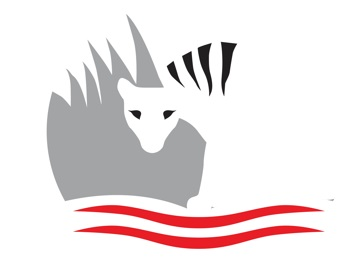
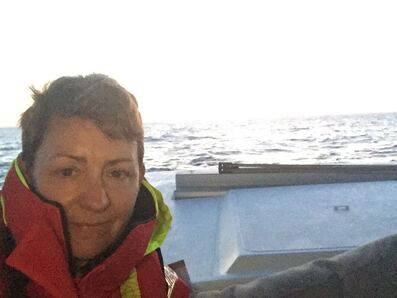
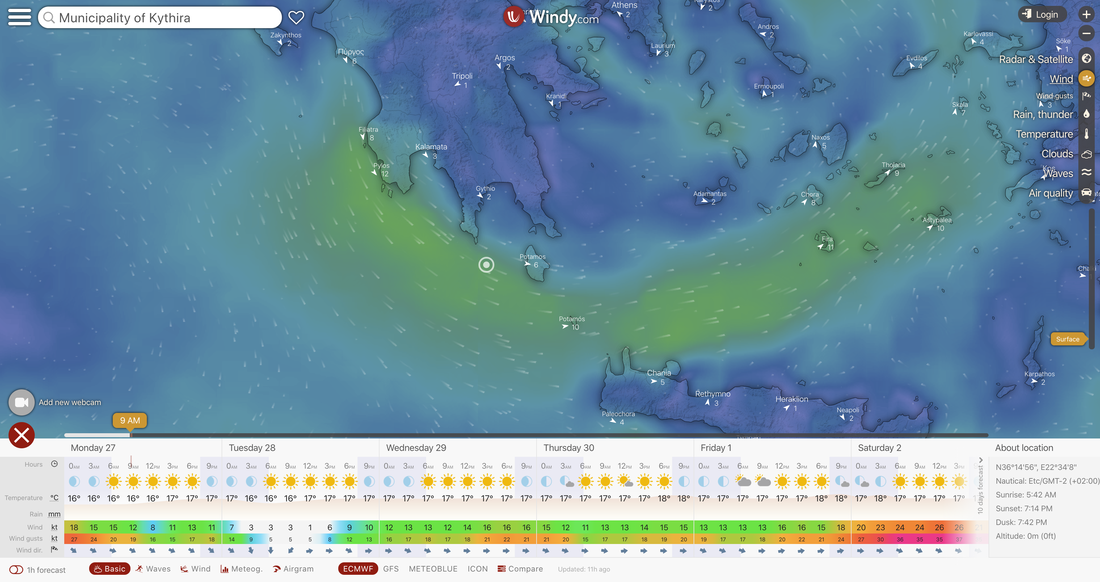
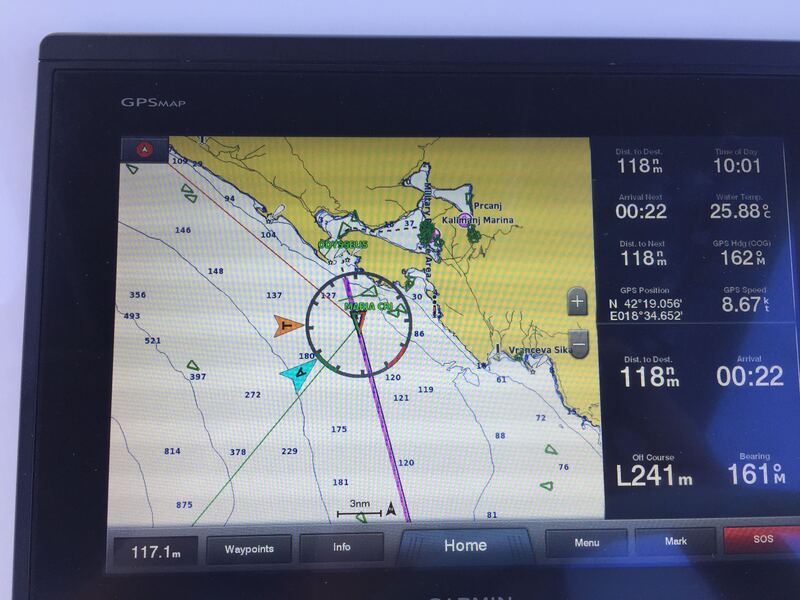
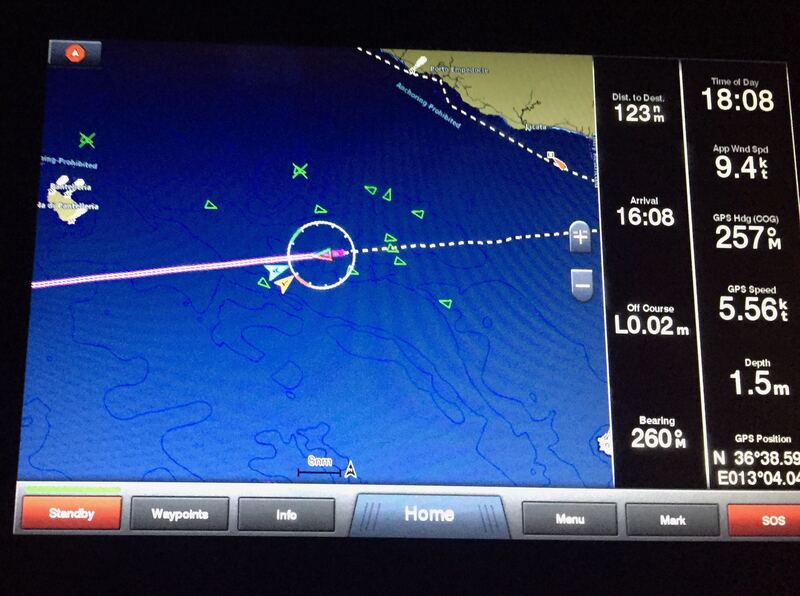
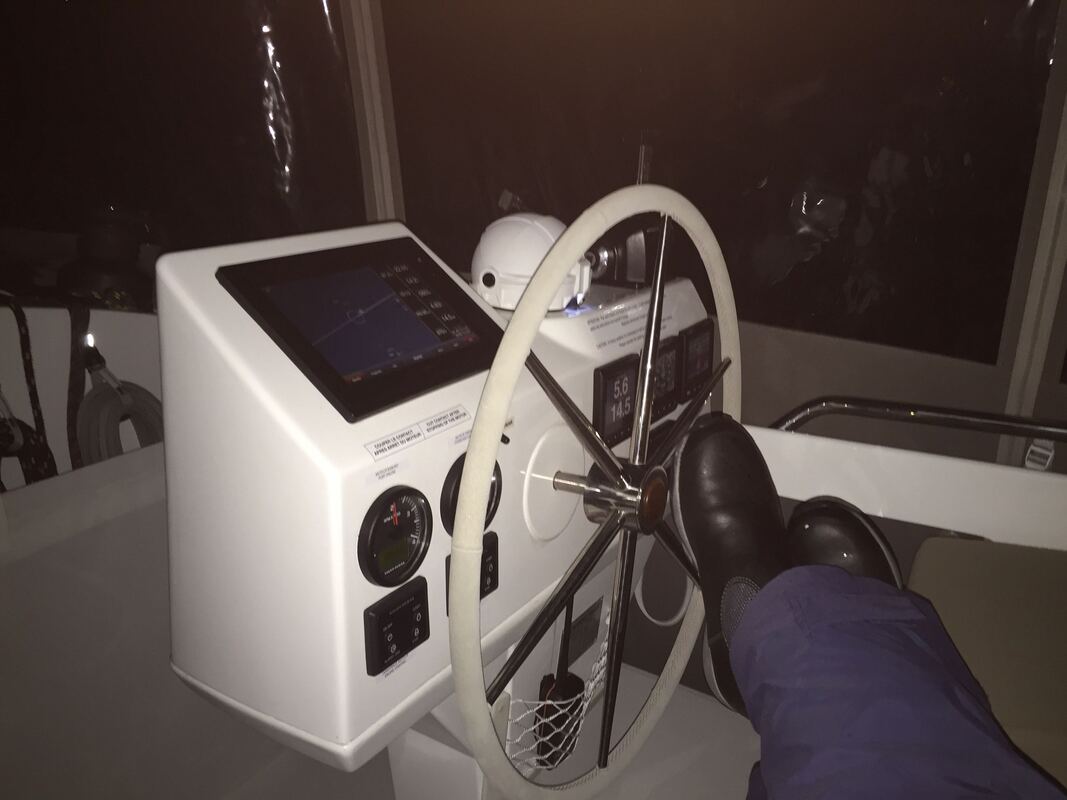
 RSS Feed
RSS Feed
